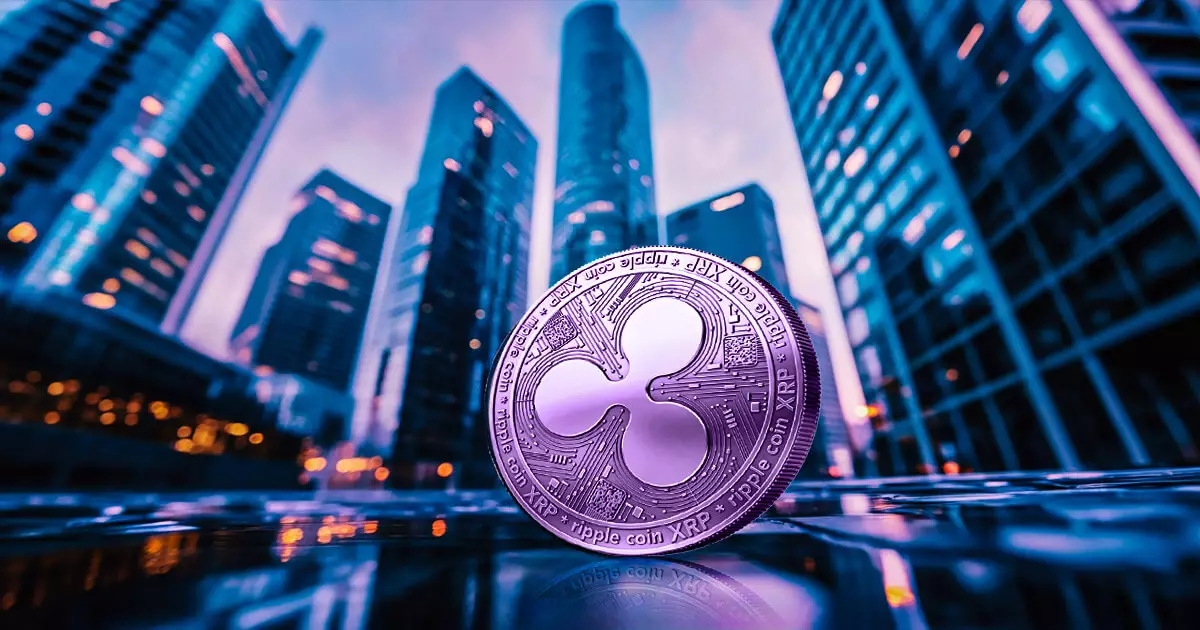As cryptocurrencies gain traction globally, regions like Hong Kong are taking significant steps to regulate and integrate these digital assets into their financial systems. In January 2025, Hong Kong’s Securities and Futures Commission (SFC) took a notable stride by granting operating licenses to two local crypto exchanges: PantherTrade and YAX. These licenses mark a milestone as the first crypto trading licenses issued in the year, symbolizing a regulatory commitment to creating a secure trading environment for investors. However, this advancement is coupled with a striking limitation: the exclusion of Ripple’s XRP from the list of approved cryptocurrencies available for trading.
The SFC currently recognizes a mere four cryptocurrencies for trading: Bitcoin, Ether, Avalanche, and Chainlink. This limited selection raises eyebrows, particularly regarding XRP, which has achieved global adoption and recognition. The fact that XRP is missing from the approved list casts a long shadow on its regulatory standing in Hong Kong. Given its essential role in the digital finance ecosystem, many experts believe that XRP’s absence is a significant oversight on the part of regulators.
The heightened scrutiny facing XRP may stem from Ripple’s ongoing legal battles in various jurisdictions. Concerns about the asset’s classification and legality pose challenges for its recognition among other digital currencies. The SFC has not provided specific reasoning for the exclusion of XRP, leaving stakeholders and investors to speculate about potential regulatory apprehensions tied to its past and present legal entanglements.
For the exchanges operating within Hong Kong’s jurisdiction, adherence to strict regulations is non-negotiable. Licensed platforms must comply with robust frameworks encompassing anti-money laundering (AML) and counter-terrorist financing (CTF) laws. As of now, ten exchanges have successfully registered under these regulations, facilitating a secure trading environment for virtual assets. The SFC originally aimed to approve eleven crypto trading platforms by the end of 2024, but rigorous compliance checks led to delays in this process.
In December 2024, four platforms finally received licenses, pointing to the SFC’s commitment to ensuring that exchanges meet stringent compliance standards. The ongoing dialogue between regulators and exchange executives hints at a cautious but determined approach to building a resilient digital trading ecosystem.
XRP’s ongoing challenges emphasize the need for clarity and transparency in cryptocurrency regulations, especially in regions that strive to enhance their crypto-friendly environments. The contrast between XRP’s global usage and its limited acceptance in stringent regulatory landscapes like Hong Kong illuminates the complexities faced by regulators when classifying and accepting digital assets.
While developments such as a potential Grayscale XRP ETF and CME XRP futures indicate a growing interest in XRP, the lack of a clear regulatory pathway in important markets remains a crucial concern. For XRP to ascend as a leading cryptocurrency, it is vital that the SFC and other regulatory bodies articulate their stance on the asset, which will not only influence XRP’s trading prospects but also its overall legitimacy in the eyes of global investors.
















Leave a Reply